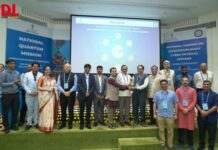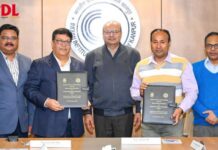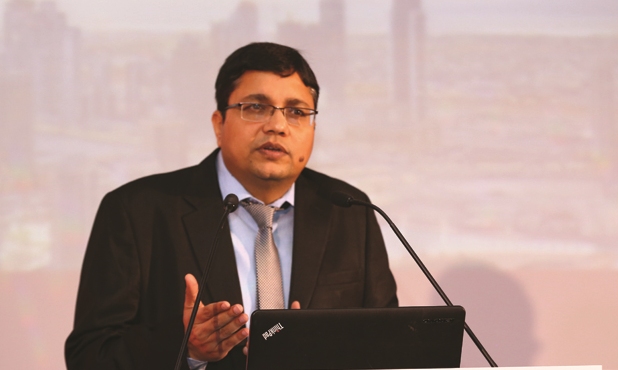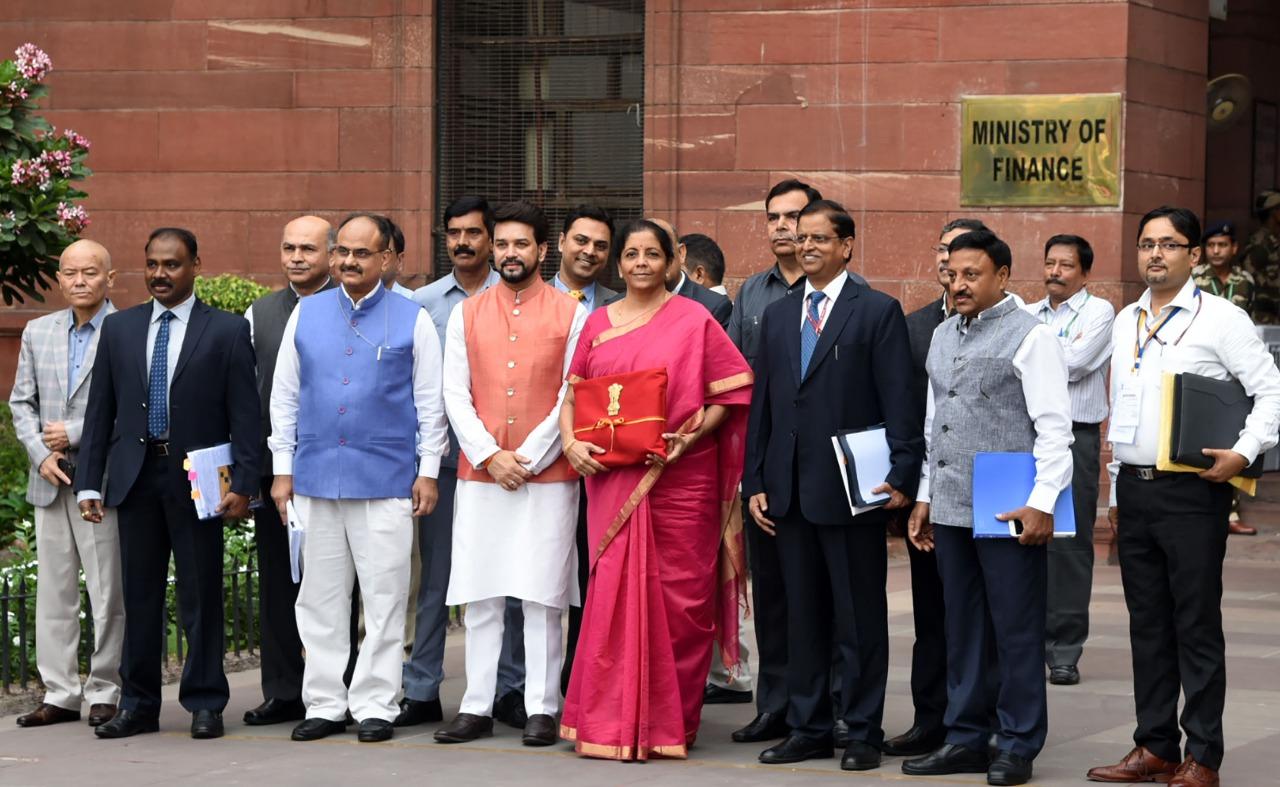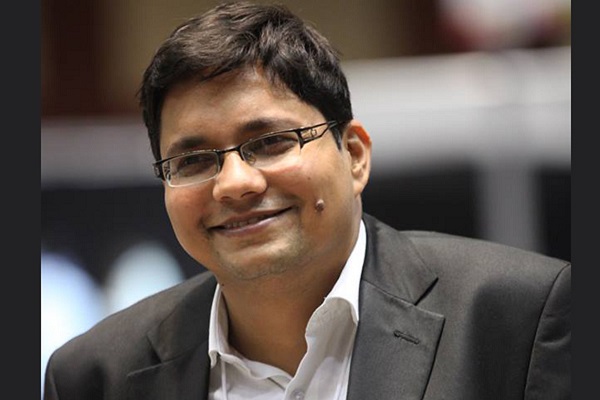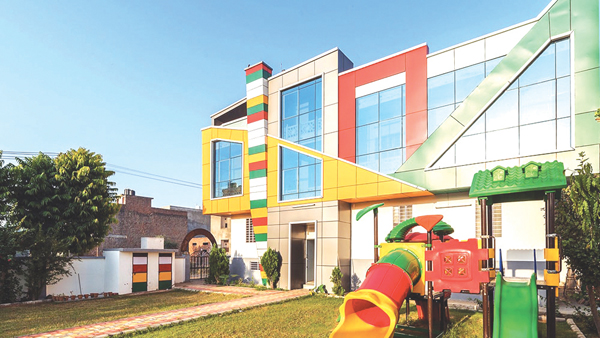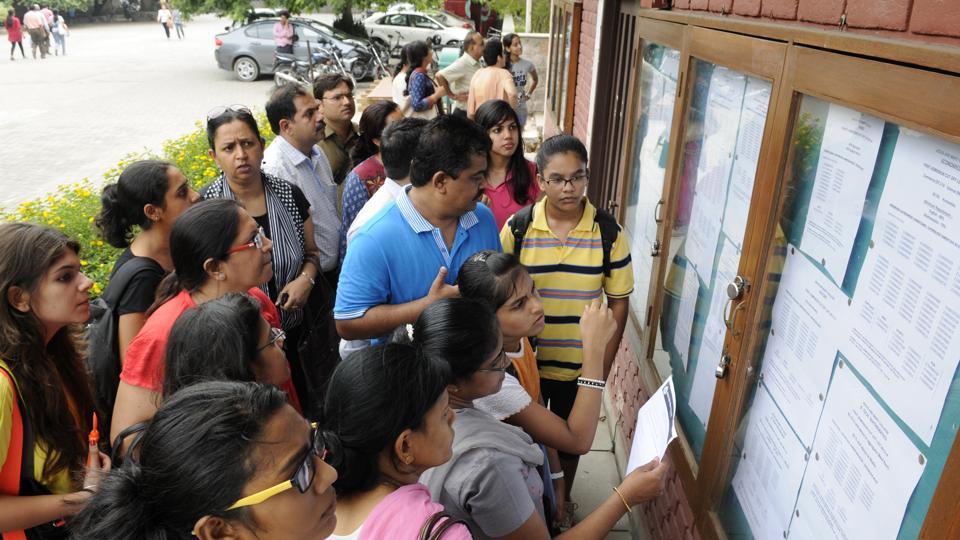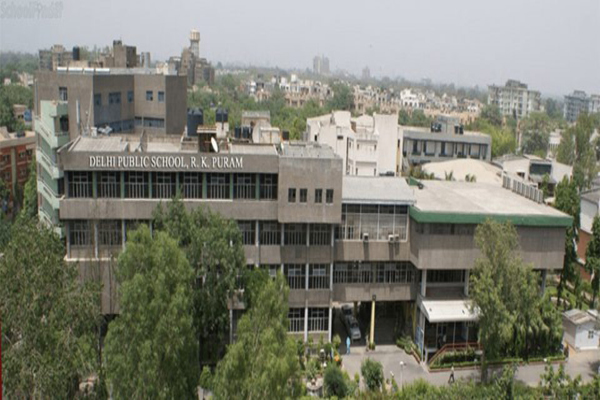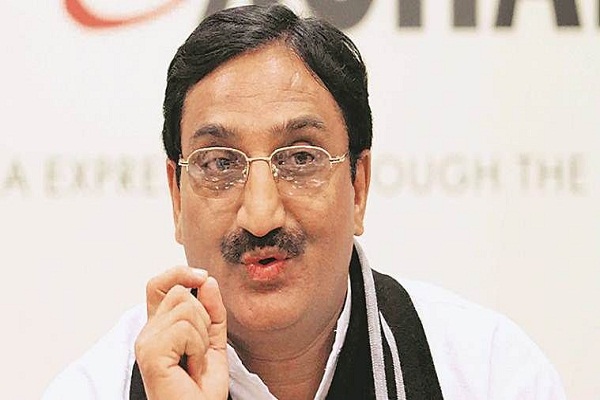HVB GLOBAL ACADEMY is dedicated towards nurturing imagination and inspiring excellence among all its students and offers a meaningful, globally connected and comprehensive educational programme under the exemplary leadership of Dr Chandrakanta R Pathak, Principal & CEO, HVB Global Academy, Mumbai, in an interview with Elets News Network (ENN).

HVB Global Academy was founded in 1963 by visionary educationists and eminent industrialists who wanted to provide a wonderful opportunity for students to learn and grow irrespective of any and all other social barriers or limitations. The belief, vision and mission was to be committed to empowering the learners with the skills and attitudes which the children will take from HVB and continue to grow throughout their days as lifelong learners.
Under the exemplary leadership of Dr (Ms) Chandrakanta Pathak, Principal & CEO, the legacy of quality education continues at HVB. We offer quality international education to our students while nurturing their potential and developing lifelong skills in preparing them for an ever-changing global community.
Mindful Education for a Happy Childhood
Using an engaging educational approach where students participate fully and happily in the learning process while setting their own personal goals and self-reflections, HVB Global Academy firmly focuses on the emotional quotient rather than the intelligent quotient alone and thus endows its students with personal will to be mindful learners and perceptive inquirers.
About School
HVBGA is a fully authorized and affiliated to Cambridge Assessment International Education. HVB offers the complete Cambridge Pathway from Cambridge Primary to Cambridge Lower Secondary, Cambridge IGCSE and Cambridge Advanced Level. HVB Global Academy has an exemplary reputation as an International School where students benefit from an education enhanced with diverse global perspectives and with heightened focus on personal and social values.
Vision: To create lifelong success stories.
Mission: To offer a meaningful globally connected and comprehensive educational programme to its students regardless of personal circumstances, so as to empower them to explore and develop their natural curiosity and creativity
Motto: To nurture imagination, inspire excellence.
12-Point Vision for HVB Community
- Socially Responsible Citizens
- Locally And Globally Aware Learners
- Gamechangers And Survivors
- Problem Solvers With Capabilities to Solve Real Life Issues
- Innovators And Leaders
- Analytical And Confident Inquirers
- Collaborators Towards Goal Achivements
- Initiators of Change And Sustainabilty
- Mentally Healthy And Proactive Partakers of Education
- Achievers of Excellence
- Calm With Oneself Students
- Morally Upright Individuals
Achievements
HVB is a Great Place to Study Certified School. HVB is proud recipient of the Desh Apnaye Award 2018-2019 and the students are recognised as active citizens in March 2019. HVB Management is rewarded with numerous excellence awards year after year on National and International platforms with recent laurels being the proud recipients of the Times Education Icon award 2017 by Times of India; the Jury’s Choice award for International Education in India by Education Today; Best International Pre-School and International Education in South Mumbai by India Today; Best International Curriculum School in India Award by Future 50; Asia’s Greatest Brands and Leaders Award 2017 in Singapore by Asia One; Radio City Mumbai Icons 2018 for International Education in Mumbai; Teaching Excellence Award by International School Award 2018 in Dubai and many more.



